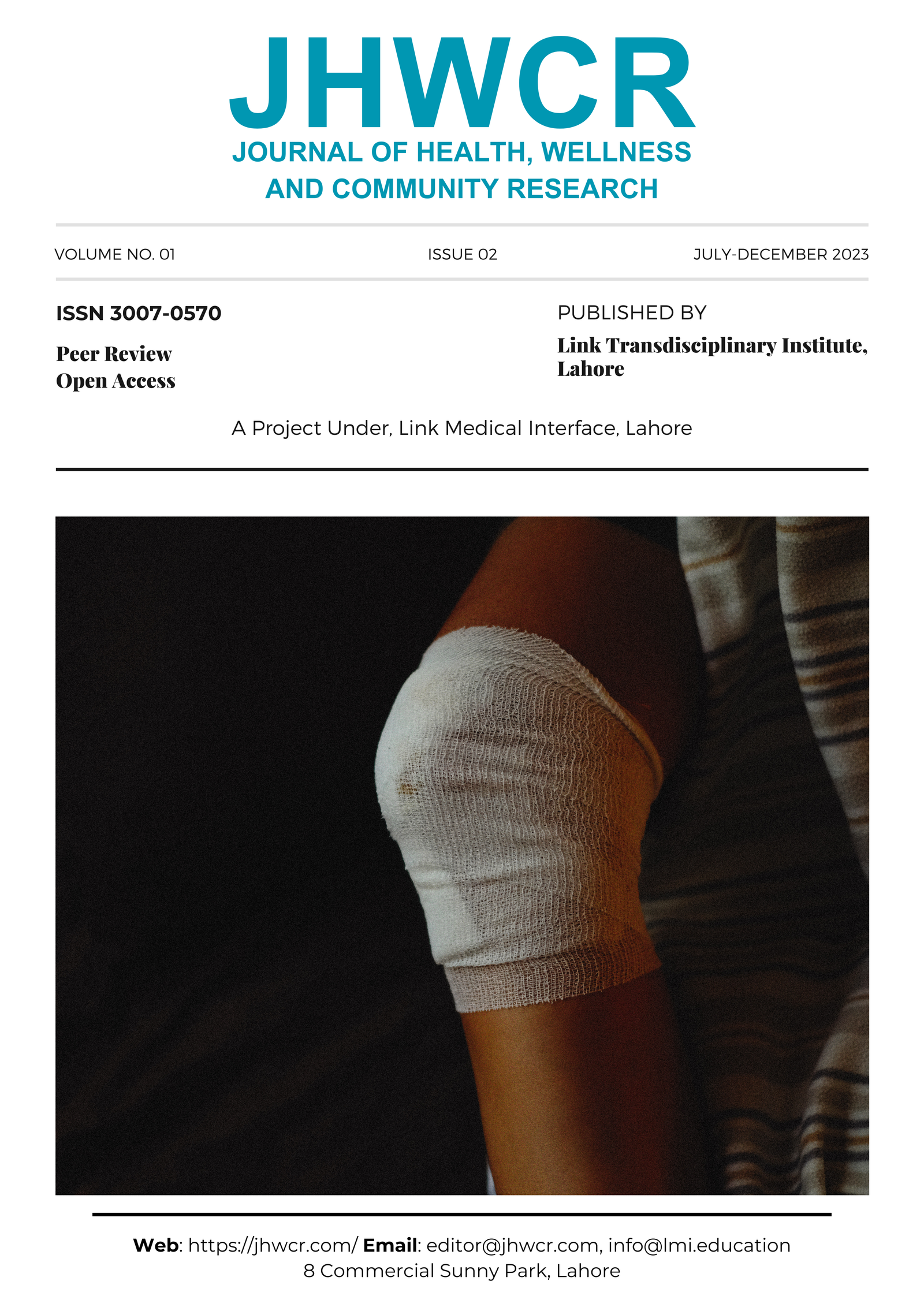Correlation of Creatinine and Urea Levels in Diabetic Patients of Lahore with Chronic Kidney Disease (CKD)
DOI:
https://doi.org/10.61919/t11m5j08Keywords:
Chronic Kidney Disease, Diabetes Mellitus, Glycated Hemoglobin A, Urea, Creatinine, Kidney Function Tests, PakistanAbstract
Background: Chronic kidney disease (CKD) is a major complication in individuals with diabetes mellitus, yet the relationship between glycemic control and renal function markers remains unclear in many regional populations, including Lahore. This study addresses the gap regarding the correlation of creatinine and urea levels with glycemic control among diabetic CKD patients. Objective: To determine the correlation between serum creatinine and urea levels and glycemic control (HbA1c) in diabetic patients with CKD in Lahore, with the aim of informing clinical monitoring strategies and improving risk stratification. Methods: A cross-sectional observational study was conducted at Shaukat Khanum Hospital, Lahore, enrolling 103 adult diabetic patients with CKD based on established diagnostic criteria. Inclusion required confirmed diabetes and CKD, while non-diabetic patients and those with non-diabetic renal disease were excluded. Data were collected retrospectively from medical records and patient interviews, including demographic, clinical, and laboratory data. Serum creatinine, urea, and HbA1c were measured using standard automated analyzers. Ethical approval was obtained from the Institutional Review Board, adhering to the Helsinki Declaration. Data were analyzed using SPSS v25, with Pearson correlation and chi-square tests to assess associations. Results: Among 103 participants (54.4% male, mean age 57.2±11.1 years), no statistically significant correlation was found between HbA1c and serum urea (r = 0.033, p = 0.738) or creatinine (r = 0.096, p = 0.336). Most participants maintained urea and creatinine within or near normal ranges, with no significant gender or age differences observed. Conclusion: In this cohort of diabetic CKD patients, serum creatinine and urea levels were not significantly correlated with glycemic control, indicating that multifactorial assessment, rather than sole reliance on HbA1c, is essential for optimal clinical management and early detection of renal dysfunction in diabetic populations.
Downloads
Published
Issue
Section
License
Copyright (c) 2025 Muhammad Adnan, Tasra Bibi, Aqsa Hakim, Hifsa Mobeen (Author)

This work is licensed under a Creative Commons Attribution 4.0 International License.


